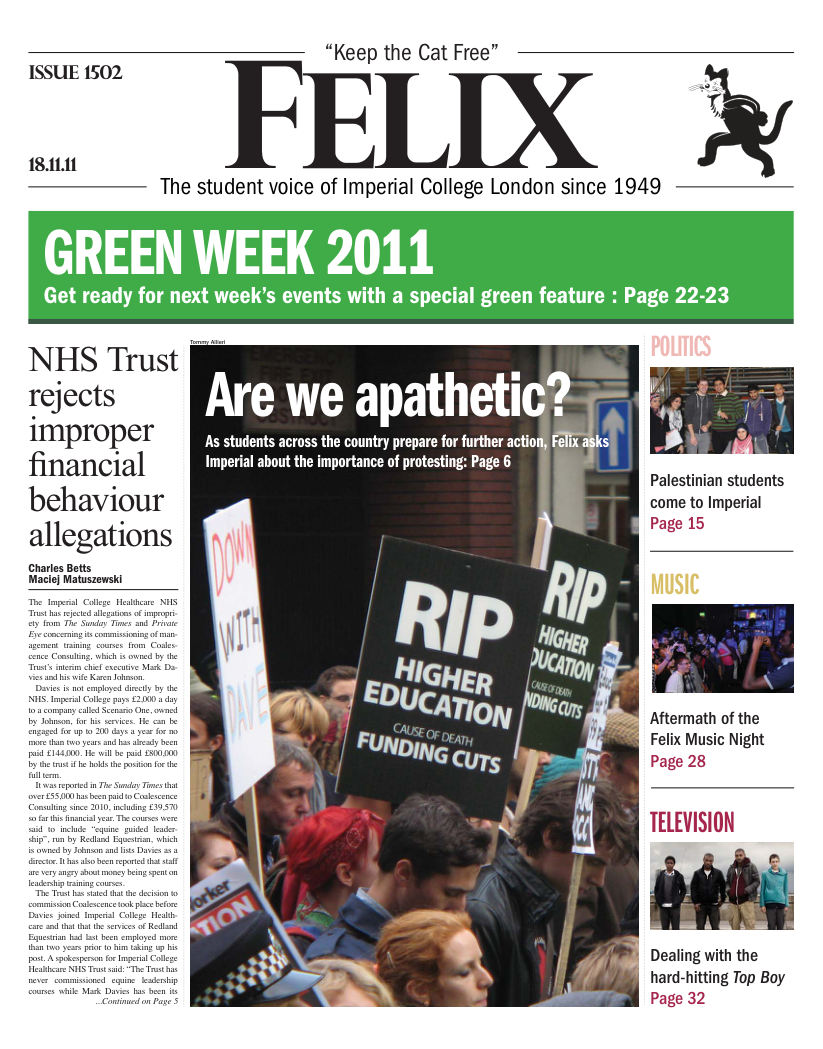Thomas Young’s Entrepreneurial Endeavours
Young was more than just a physicist, he also made fortunes in insurance

It was perhaps due to the imperfect knowledge or absolute ignorance humankind had back then that true polymaths could still exist; nowadays, in the age of specialization, it seems almost impossible. But back in the old days, the same person, if gifted and lucky enough, could undertake forefront research in the most diverse areas and make enormous contributions, large enough for their names to be remembered. Thomas Young (1773-1890), a physician by training, was such a polymath.
Engineers will always remember his name through Young’s modulus. Physicists, because he established (or unearthed) the wave theory of light. Physicians, because he explained colour perception and described astigmatism. Musicians, due to the Young temperament. Egyptologists, for his partial (and truly remarkable) decipherment of hieroglyphics. Capillarity, surface tension, haemodynamics, comparative philology, the double-slit experiment, the measurement of the speed of light, all of it was due to Thomas Young.
His interests being so wide, it comes almost to no surprise that Young did not only endeavour in all that, but became a successful businessman as well. It all was triggered by a huge economic crisis: the “Panic of 1825”.
Following the Napoleonic invasion of the Iberian peninsula, the Kingdom of Spain, formerly the biggest colonial power in Europe, lost its grip in South America: one by one, all the countries from Mexico down to Chile and Argentina became independent, a process that finished in 1821 in Peru. The Spanish Empire had usually taken a protectionist stance and, even though a certain amount of smuggling had existed, trade between their American colonies and Europe had been restricted to Spaniards alone.
Therefore, when the independence process was complete, British financiers saw the newly former countries as a great chance of entering a hitherto forbidden market. They were the days following Napoleons defeat, when Britain had established itself as the dominant power. Little regulation existed on the banking sector, as little practice on financial markets existed. Thus, the initially alluring investments in Latin America rapidly attracted too many investors, and speculation followed.
At the height of this speculative process, fortunes could be made by investing in non-existent factories, by trading incredible amounts of Latin American public debt, or by buying and selling land titles in the middle of the jungle, where colonies where allegedly going to be built out of nowhere. Adventurers also entered the game: some Gregor MacGregor (1786-1845), who had formerly fought in the South American wars of independence, publicly proclaimed himself ruler of the fictitious Principality of Poyais, and successfully drew City investors and colonists into this fraudulent venture. Colonists would land in Panama only to discover Poyais did not exist, and that MacGregor, safely living in Caracas, had just taken the money and fled.
The madness of those days is hard to match, but not perhaps its sophistication, as the recent and ongoing crisis has shown. And, as it happened in 2007, the bubble could only burst. By 1825, industrial revolution in Europe had made some other investments rather attractive, too: suddenly, railroads, heavy machinery, coal mining, steelworks,… became obvious and more trustworthy investments. However, most City banks had their money placed on Latin American ventures; so, in order to finance the former, they simply decided sell off the latter. As it became obvious that no one really wanted the Latin American assets, panic grew and, inevitably, the London Stock Exchange crashed.
Banks, the main backers of the speculative investments, were the first and major victims of the crash. Sixty English banks, including six of the major ten, declared bankruptcy as panic spread; but the main survivor, and undoubtedly the biggest culprit, was the Bank of England, which back then was, essentially, a chartered yet private business that, as such, had heavily fuelled the bubble. Ironically, the British government had to allow the humiliating bail-out of the Bank of England by no other than the Banque de France, which infused its colleague with enough gold reserves to prevent its collapse. The crisis spread to the rest of Europe, and prompted a general default of Latin American debt.
Governments worldwide promptly learnt the lesson: banks, left alone and unregulated, can cause great trouble. Thus, for the first time in history, banking policing and regulations were established. The resulting business environment was, as it is nowadays, one of uncertainty and distrust. The bubble had shown quite clearly the need of assessing risk and of prudent expansion. That was how the Palladium Insurance Company, which had been founded amidst the general excitement of this period, felt in the aftermath. They saw the need of looking for ways of assessing the risk of the insurances they offered so that they could be priced accordingly, and money made in a certain and prudent way, rather than through adventurous games in the Stock Exchange.
However, at that time risk assessment and pricing were in its teens, and knowing of Thomas Young’s fame and expertise, they thought he could be the most suitable person for a job consisting on, essentially, re-structuring the insurance business on scientific grounds. They attracted him in the most generous way; a big salary of £500 was offered to him, along with a considerable number of stock shares. However, Young apparently thought the deal was too good for him: he refused these liberal terms and, after some negotiations, accepted the job for £400 per annum alone.
Young was of an inquisitive and rigorous mind. Sometime earlier in his life he had proposed an empirical equation for calculating the value of life and, after working on the issue, came up with a formula calculating the joint value of any number of lives too. This method, although cold-hearted and rather imperfect, outperformed any other current practice. His analysis, based on statistical data on the number of yearly deaths of people of different social positions in different locations, allowed him for the first time to estimate individual life expectancy and, thus, to price life insurances based on the probability someone had to die in the near future. He kept adding factors into his formula, (diet, profession, family antecedents,...), to the point of making his method too complicated for anyone but himself. Nevertheless, being more thorough and serious in his analyses than anyone else, Young was quite successful and helped the Palladium Company make a great profit.
While working on these issues for the Palladium Company, he realised that his scientific approach could be extended to some other areas of business. For instance, his centred his attention in the market of “annuities”. For the layman, an annuity is a contract, usually between a pension fund holder and an insurance company, by virtue of which the pensioner hands over his pension fund – or, equivalently, a great deal of money – to the insurance company under the agreement that the insurance company will then pay the pensioner, for the remaining of his life, a certain income –the annuity. Annuity titles could be purchased and sold in the market, and obviously the risk was in the subject living too long for making the business not profitable. Young applied his methodology to this market too, and he was able to calculate annuities on single or joint lives and minimise the losses of the insurer.
By the time of his death (1829), his scientific insight into the insurance business had attracted enough attention to allow dubbing Young the father of modern insurancing.









